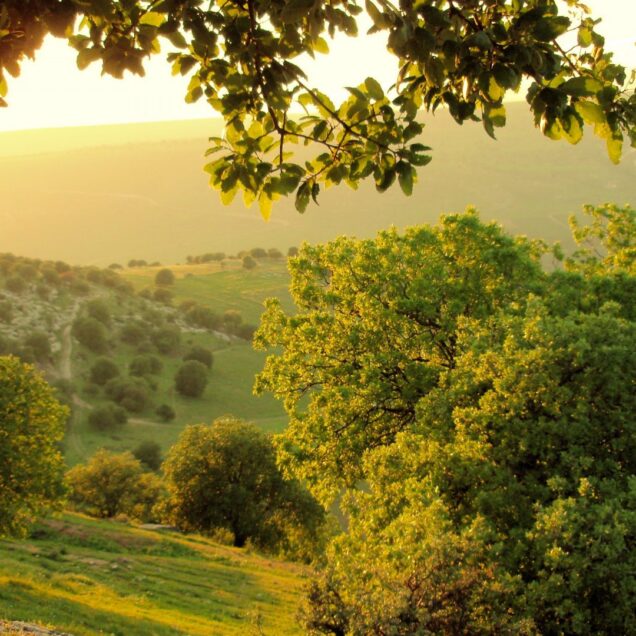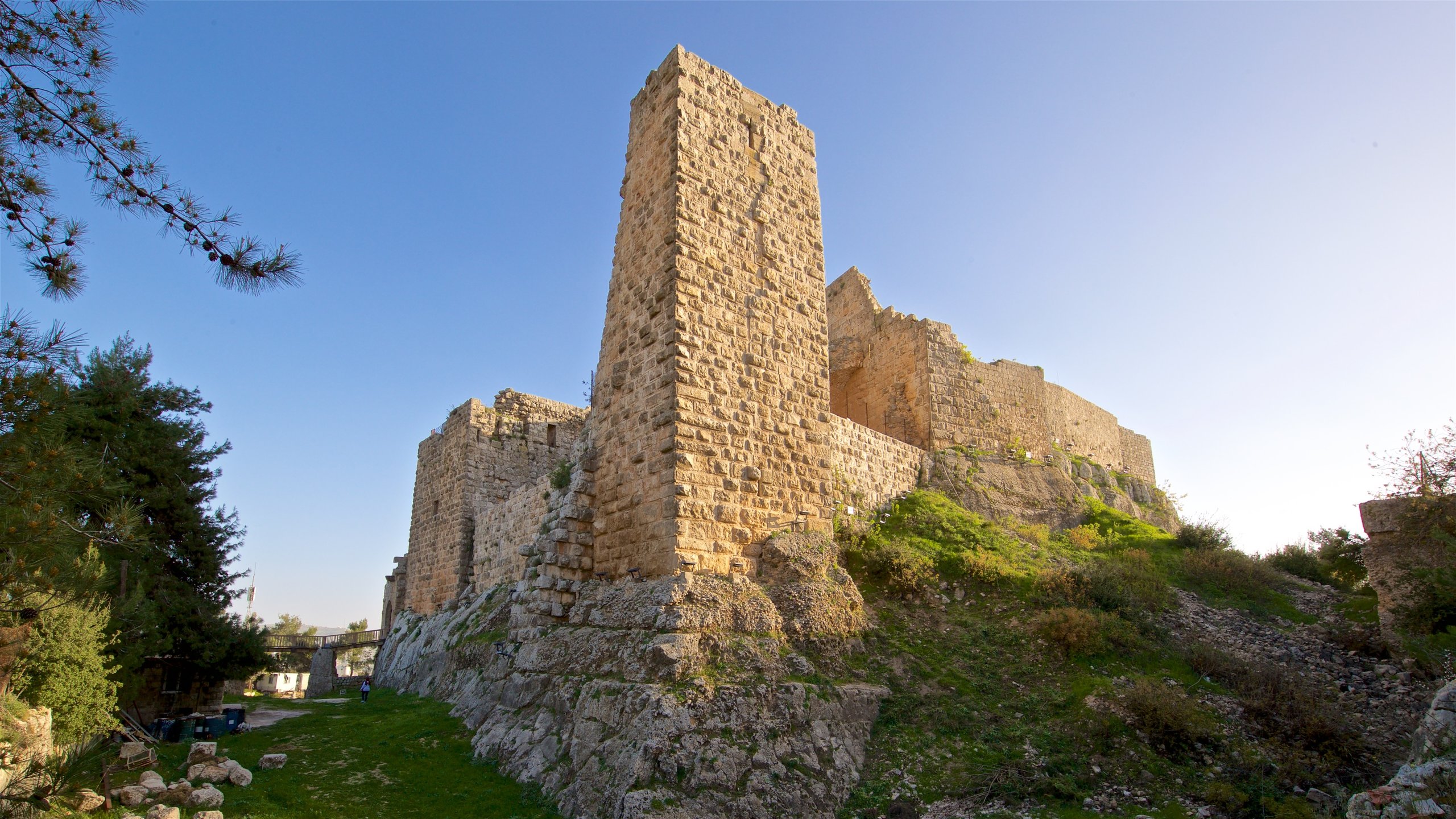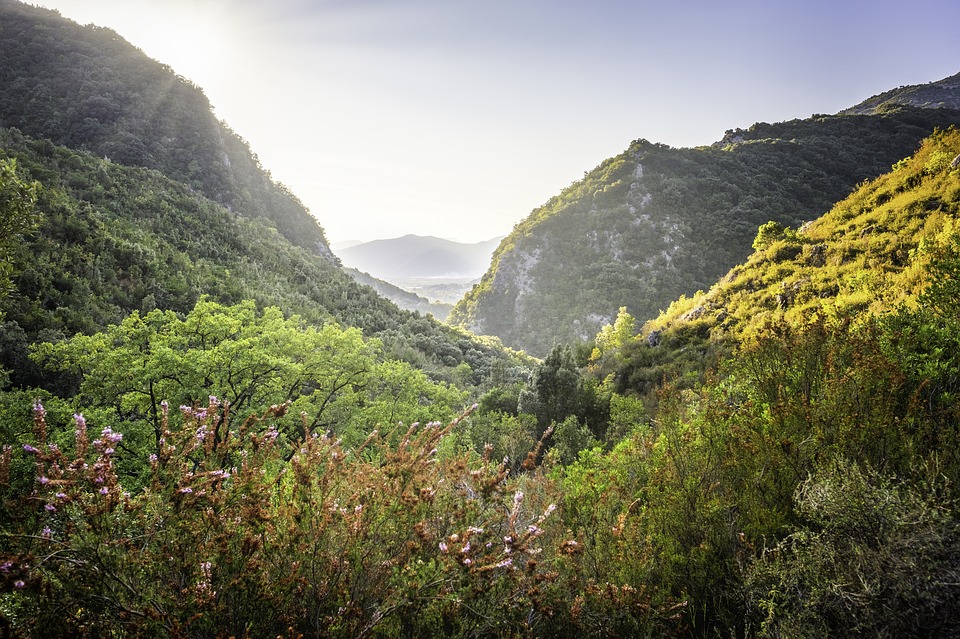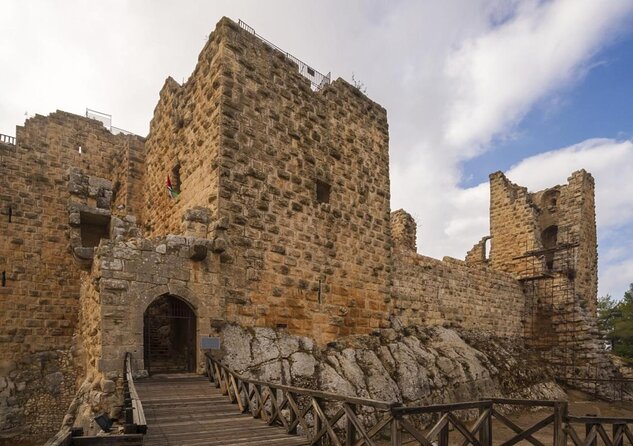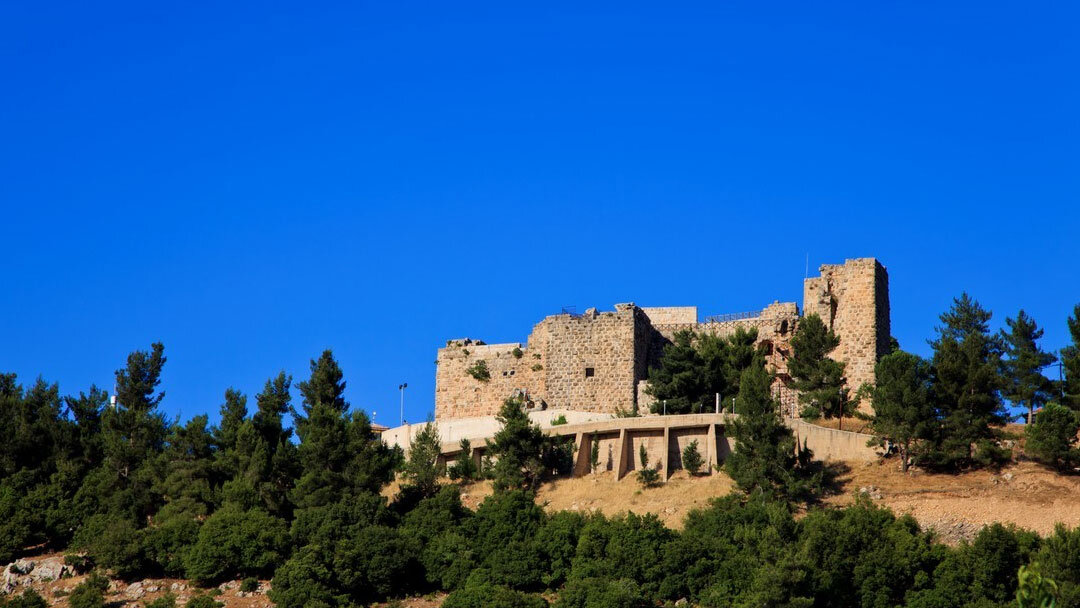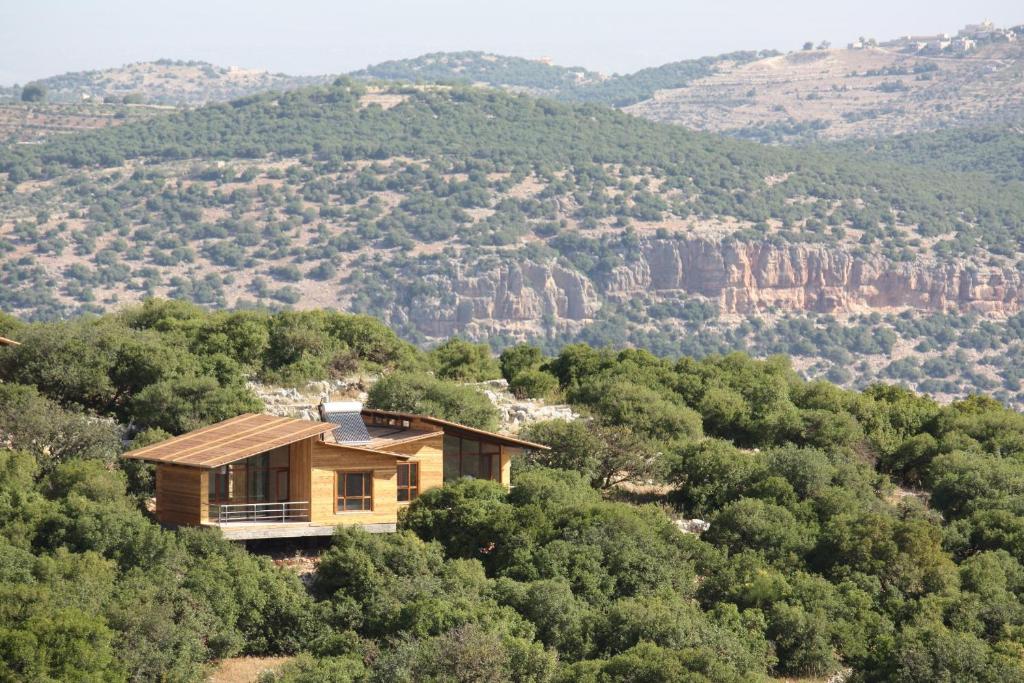Ajloun
The marvels of nature and the genius of medieval Arab military architecture have given northern Jordan two of the most important ecological and historical attractions in the Middle East: the sprawling pine forests of the Ajlun-Dibbine area, and the towering Ayyubid castle at Ajlun, which helped to defeat the Crusaders eight centuries ago. Locals often take advantage of the green landscapes of Ajlun to take a break from city life and connect with nature.Activities in Ajloun
Tour details
- AJLOUN CASTLE Ajlun Castle, more formally known as Qal'at Ar-Rabad, towers above the green hills of Ajloun and can be seen from many miles away, betraying its strategic purpose as a military watch post that protected the trade routes in the 12th-15th centuries. It was first built in 1184 by one of Saladin's generals, Izzeddin Usama Mungidh, to repel the Crusader threats to north Jordan (the Crusaders had already occupied south Jordan, from their massive castles at Showbak and Karak, and were driven out of TransJordan in 1188/1189). The Ajlun castle was expanded into its current configuration in 1214.
- TAL MAR ELIAS Associated with the Prophet Elijah, Tall Mar Elias is very close to the ruins of a village known as Listib. It is believed that this place was formerly Tishbi, the home of Elijah, a native of Gilias in Tranjordan (2 Kings 17: I). The fact that this is a religious site is substantiated by the two churches that were built on the Tall (hilltop) at the end of the Byzantine period.
- CHURCH OF OUR LADY IN THE MOUNTAIN In Anjara, in the north of Jordan, there is the Our Lady of the Mountain Church - a rebuilt cave that is venerated as a place where Jesus and his mother Mary passed during their journeys between the Sea of Galilee. Anjara was designated by the Vatican as a Millenium 2000 pilgrimage site.
- AJLOUN FOREST RESERVE Located in the Ajloun Highlands in the north of Jordan, this beautiful nature reserve consists of 13 km2 of rolling hill country dominated by open woodlands that are home to a diverse collection of plant and animal species. The rich greenery makes Ajloun a popular spot for picnickers and hikers, especially in the spring, when the reserve is coated in a wide variety of wildflowers.
- ROE DEER TRAIL – AJLOUN FOREST RESERVE This short circular trail starts at the campsite and offers great views over the reserve. Not far from the campsite you will find an old stone wine press. Early in the morning, you may be lucky enough to see Roe deer before you return to the visitor center.
- SOAP HOUSE TRAIL – AJLOUN FOREST RESERVE This trail begins at the Reserve's Visitor Center and takes you to the Soap House in the neighboring village of Orjan. On the way, you will hike through thick, healthy woodlands filled with oak, pistachio, and oriental strawberry trees. Take a short detour to view a ruined wine press before you pass one of the oldest strawberry trees in the Reserve on your way down into the valley. The trail climbs to 1100m above sea level at Eagles View Point, and then descends to the Soap House where local women follow the traditional process of making Orjan pure olive soap.
- AJLOUN HOUSES TRAIL – AJLOUN FOREST RESERVE This trail takes you through a tour of Ajloun’s popular three houses; The Soap House and The Biscuit House in Orjan village and the House of Calligraphy in Rasun village. From the Eagle’s View Point you can descend towards the House of Calligraphy, then wind your way to the other two houses. An alternative route takes you first from the Soap House. At the House of Calligraphy, you can take the first steps towards learning how to write some Arabic words. At The Biscuit House, you can visit the workshop where Tasali Jordanian delights are created.
- ROCKROSE TRAIL – AJLOUN FOREST RESERVE Named for the flowers that can be seen around the trail every spring, this hiking loop passes through thick woodlands, orchards, farms and villages in and around the reserve. It offers beautiful views of the West Bank, Syria, and the Jordanian countryside. About halfway through the hike, observe the wine and olive press from the Byzantine and Roman eras, and just before reaching the end of the trail, rest in the shade of a large Maloul tree. Each season has different vegetation to enjoy.

